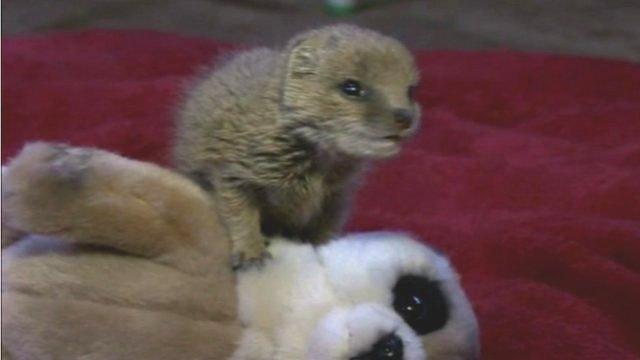Redcar buzzard injured in barbed wire released into wild
- Published
Redcar buzzard injured in barbed wire released into wild
A buzzard which tore a hole in its wing after getting trapped in a barbed wire fence has been released back into the wild following a "remarkable" recovery.
The male bird was found by walkers near Redcar and reported to the Kirkleatham Owl Centre, external about four months ago.
Craig Wesson from the centre said the common buzzard tore a hole two-fingers wide in its wing and its chances of survival were small.
He said buzzards were once a rarity in the region but were now returning.
Mr Wesson said: "It had done a lot of damage to itself struggling in the fence.
"It was not in a good way - lots of blood, missing feathers, lacerations all over its body and most worrying a hole right through its wing.
"We didn't hold out much hope due to the extent of the injuries.
"After discussing it with our vet we decided to give it a go but we were not confident of the bird recovering."
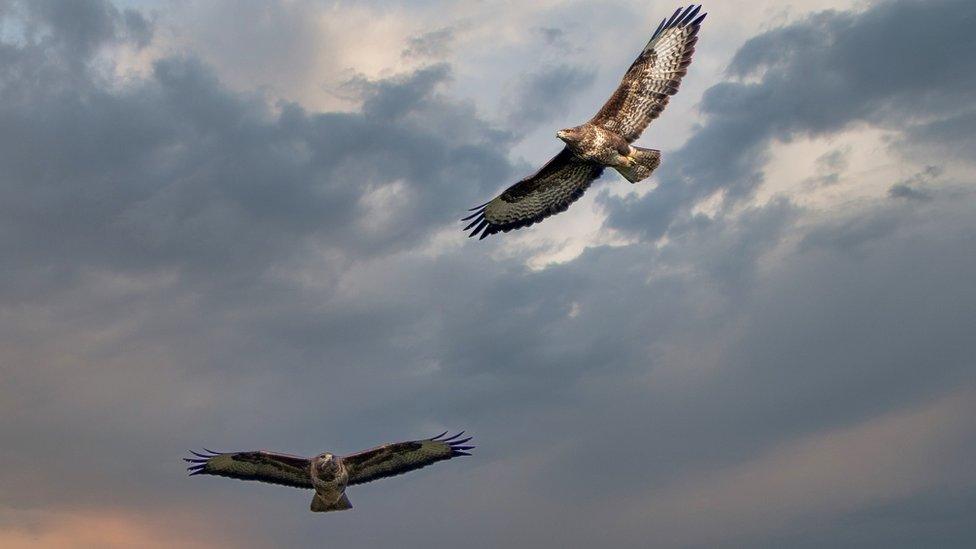
Buzzards were once rare in the Teesside area but are making a return (file photo)
Mr Wesson said the bird was "nervous and jumpy" and was kept in a building away from people.
"The hole in its wing knitted itself back together, it was remarkable to watch," he said.
Buzzards were hit hard by pesticide use in the 1950s and 1960s as well as persecution from grouse and pheasant hunters who viewed it as a pest, Mr Wesson said.
But they have made a return after being given legally protected status, he said.
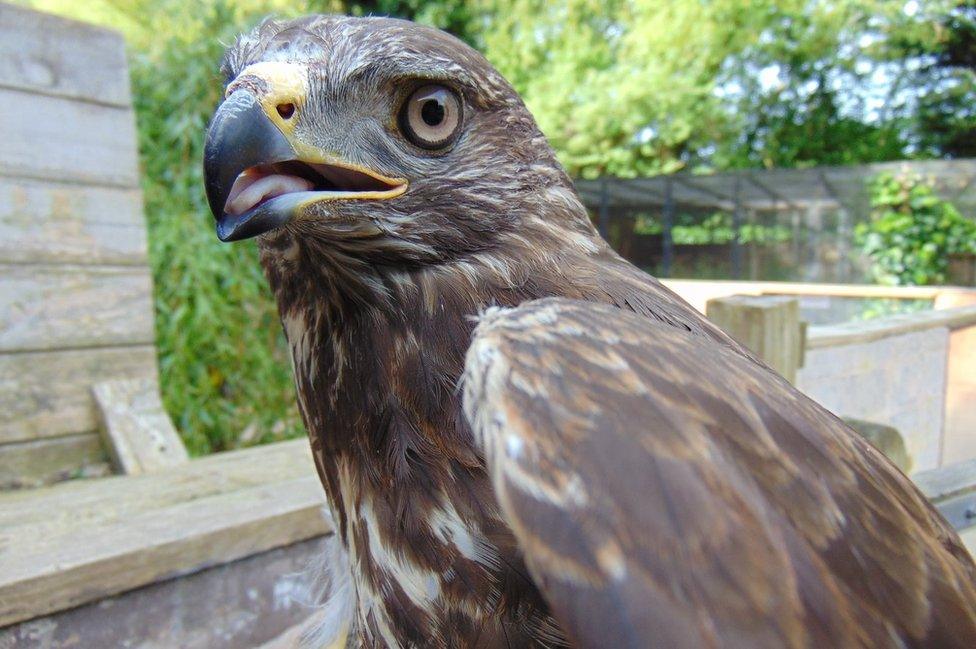
The buzzard spent four months recuperating at the Kirkleatham Owl centre
"Five years ago we did not see them around here," Mr Wesson said.
"Now I see them every day. We used to get an injured bird every three years or so from County Durham or North Yorkshire, now we may get three a year from this area.
"Obviously we do not want them to be injured but the rise in figures shows there are more of them around now."

Follow BBC North East & Cumbria on Twitter, external, Facebook, external and Instagram, external. Send your story ideas to northeastandcumbria@bbc.co.uk, external.
- Published17 November 2020
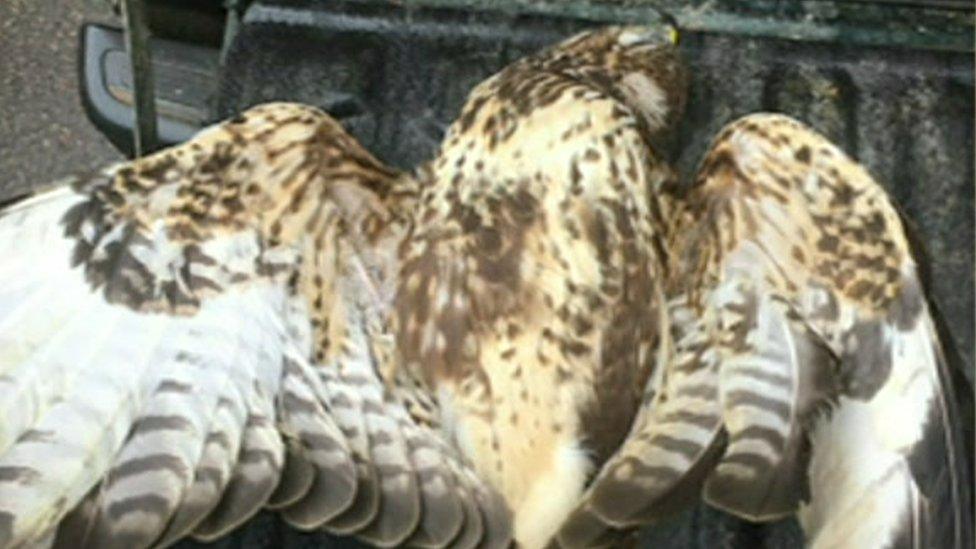
- Published9 July 2015
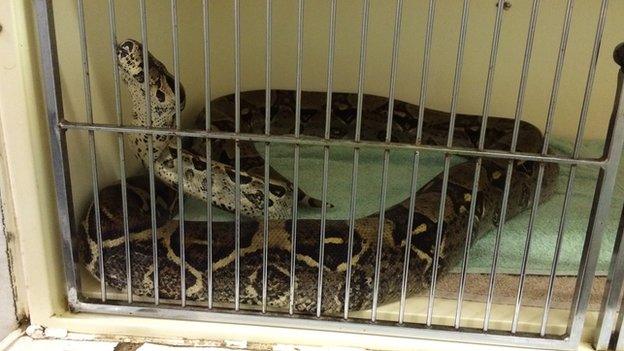
- Published3 November 2012
